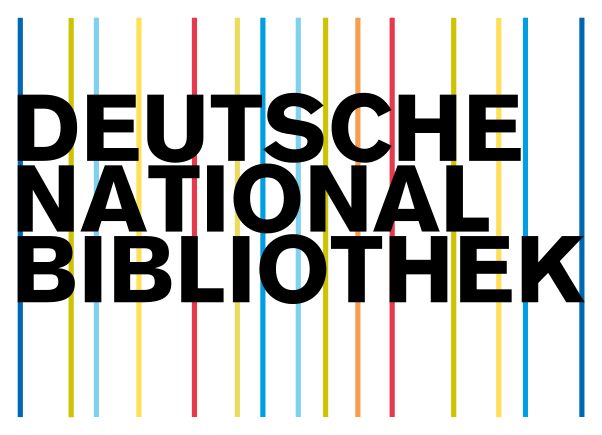RF Hacking Detection using Spectrum Scanning
Keywords:
Antenna, RF, Spectrum, IDS, Distribution, Intrusion, PreventionAbstract
Many wireless communication links quickly hop between narrow frequency channels. Many such connections can occur simultaneously in the same band and hop in a standard pseudorandom frequency pattern dwelling a predetermined time in each channel. To sense modern communication, a real-time spectrum analyser is very useful. One large advantage of real time analysis is that it only records data in active channels because it can determine the activity in each time interval. Another advantage is that communication that is not adhering to FCC standards can also be discerned. A van full of RF amplifiers, digitizers, and Fourier analysis equipment has been used for this job in non-real time. We chose to attack this design by providing many identical signal paths, one for each frequency channel. A number of RF components had to be developed to make this circuit power efficient and fit a small footprint. The initial broad band signal from an antenna sees Low Noise Amplification (LNA) and then is divided into many identical RF signal paths using Silicon Germanium integrated circuits (SiGe RFICs). Each of these RF signals is filtered by one filter in a ladder of frequency adjacent SAW filters. The output of each SAW device is compared with the RF power seen in the previous time interval to see if there is less or more of a signal. Up to this point the system has been low-power analog. Once the RF channel powers are quantified, the system uses a digital signal processor (DSP) to further analyse signal characteristics.






